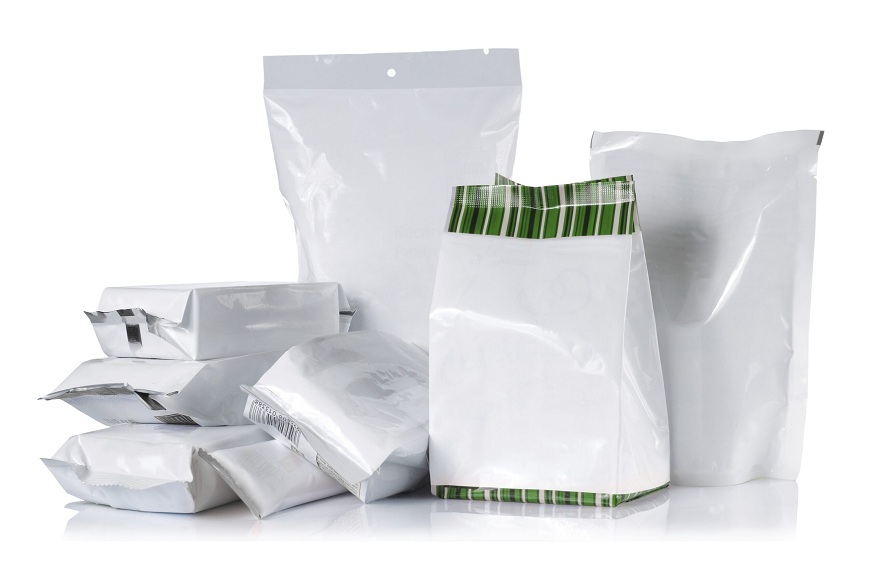Choosing the best flexible packaging firm might be crucial in the world of food businesses. Your order food packaging products keeps them safe and helps to build a brand and draw in customers.
Let’s explore the variables that ought to affect the choice.
Knowing The packaging Requirements
Knowing what one needs regarding packaging is the first step in selecting the best flexible packaging provider. Consider the kinds of food products to sell and any particular specifications. Do one work with liquids, dry materials, or perishables? This knowledge will help to focus on searching for the ideal packaging partner.
Environmentalism and sustainability
An important consideration in today’s environmentally conscious world is sustainable packaging. Consumers like packaging solutions that are friendly to the environment. Pick a packaging business that uses sustainable packaging materials, such as recyclable, biodegradable, and compostable. It not only appeals to customers who are environmentally conscious but also demonstrates the company’s commitment to sustainability.
Material Quality of the Packaging
The caliber of the flexible packaging company‘s materials is one of the most important criteria to consider. The packaging materials should be robust and food-safe. To prevent any compromises on the safety and freshness of the food, demand high-quality materials that adhere to industry standards.
Choices for Customization
Each food business is distinct, and the packaging should show this distinction. Choose a packaging firm that allows for personalization. As a result, one can create packaging solutions that complement a brand identity. Customizing the packaging is crucial for brand awareness, whether through bespoke printing, distinctive forms, or particular colors.
Observing regulations
Laws and regulations, as well as standards, apply to food packing box. Ascertain that the packaging company complies with all relevant laws, including FDA regulations and food-grade certifications. It ensures that a packaging meets the standards for quality and safety.
Customer Service and Communication
Effective communication and customer support are essential when collaborating with a packaging partner. Pick a business that returns your calls and can give concise, accurate updates on their orders. Smooth working relationships are guaranteed through effective communication.
Reputation and References
Investigate the reputation of the flexible packaging businesses they consider as part of their due diligence. Check online reviews and contact former or present customers for recommendations. This first-hand information can offer insightful information regarding the business’s performance, dependability, and customer service.
Budget and Price
Cost is an important factor in any business decision. When choosing a flexible packaging supplier, consider a spending limit and the range of price options. While controlling costs is essential, pay close attention to quality. The need for premium packing materials should be compared to one’s financial capabilities.
Long-Term Collaboration
Consider the long-term when choosing a flexible packaging provider. Consider whether the company is a good partner for the organization’s expansion and changing needs. Long-term relationships can result in more affordable prices, reliable quality, and a more excellent grasp of a brand.
Availability of Materials and Lead Times
Consider the production capacity and lead times of the packaging company. Are they able to satisfy the delivery deadlines and handle the volume of orders? The food sector places a premium on freshness, so timely manufacturing and delivery are crucial to ensuring the products reach customers on time.
Environmentally friendly food packaging products’ advantages
Impact of Eco-Friendly Materials
When discussing environmentally friendly food packaging, we refer to components and layouts that prioritize sustainability and reduce environmental harm. These materials include recycled paper, cardboard, biodegradable plastics, and even cutting-edge choices like edible packaging. By making these decisions, traditional, non-biodegradable materials are used far less.
Reducing Pollution and Waste
One of their most notable benefits is the potential of eco-friendly food packaging goods to reduce waste. Styrofoam and non-recyclable plastics used in conventional packaging significantly contribute to landfill pollution. On the other hand, environmentally friendly options degrade more quickly or can be recycled, lessening the load on landfills.
Resource management
Recycled materials are frequently used in eco-friendly packaging, which preserves natural resources and lowers the need for virgin resources. It aids in minimizing greenhouse gas emissions, energy use, and forest preservation.
Avoiding Dangerous Chemicals
When exposed to heat or acidic foods, conventional food packaging can occasionally leach dangerous substances into the food it contains. Eco-friendly packaging materials are frequently devoid of these dangerous substances, safeguarding both the consumer’s health and the safety of the product.
Food Freshness and Preservation
Eco-friendly packaging options are made to keep food fresh for extended periods. They can aid in reducing food spoilage, resulting in less food waste and cost and resource savings.
Compliance with Environmental Standards
Numerous areas and nations have adopted strict guidelines and rules governing packaging materials. Products for eco-friendly food packaging assist companies in adhering to these rules, preventing fines and consequences on the law.
Preparing for New Regulations
Food packaging regulations will get stricter as public awareness of environmental issues develops. By implementing environmentally friendly practices now, firms can stay ahead of upcoming regulatory changes.
Adapting to Customer Demand
More than ever, consumers are conscious of the environment nowadays. They actively look for goods and companies that share their ideals. In addition to satisfying this demand, eco-friendly food packaging increases brand loyalty.
Increasing Transparency
By using eco-friendly packaging, businesses are encouraged to be open about their sustainability efforts. Consumer trust is increased when information is shared regarding the packaging materials used and the overall environmental impact.
Flexibility with Different Products
Products for eco-friendly food packaging are available in various shapes, making them appropriate for various food items. There is a sustainable solution for any need, whether a food packaging box, flexible packaging for snacks, or compostable materials for takeaway containers.
Continuous Innovation
Researchers and producers continually work to develop even more sustainable choices as the eco-friendly packaging market grows. Thanks to this ongoing innovation, businesses can stay current with the most recent developments in sustainable packaging.
Conclusion
It’s essential to make the appropriate choice when picking a flexible packaging provider for your food business. They may make an informed decision that aligns with your business objectives by considering aspects like your packaging demands, material quality, customization choices, sustainability, cost, manufacturing capacity, regulatory compliance, reputation, and customer support. It’s essential to remember that the packaging you select plays a crucial role in your overall marketing plan because it not only protects the food products but also tells consumers something about the company.



